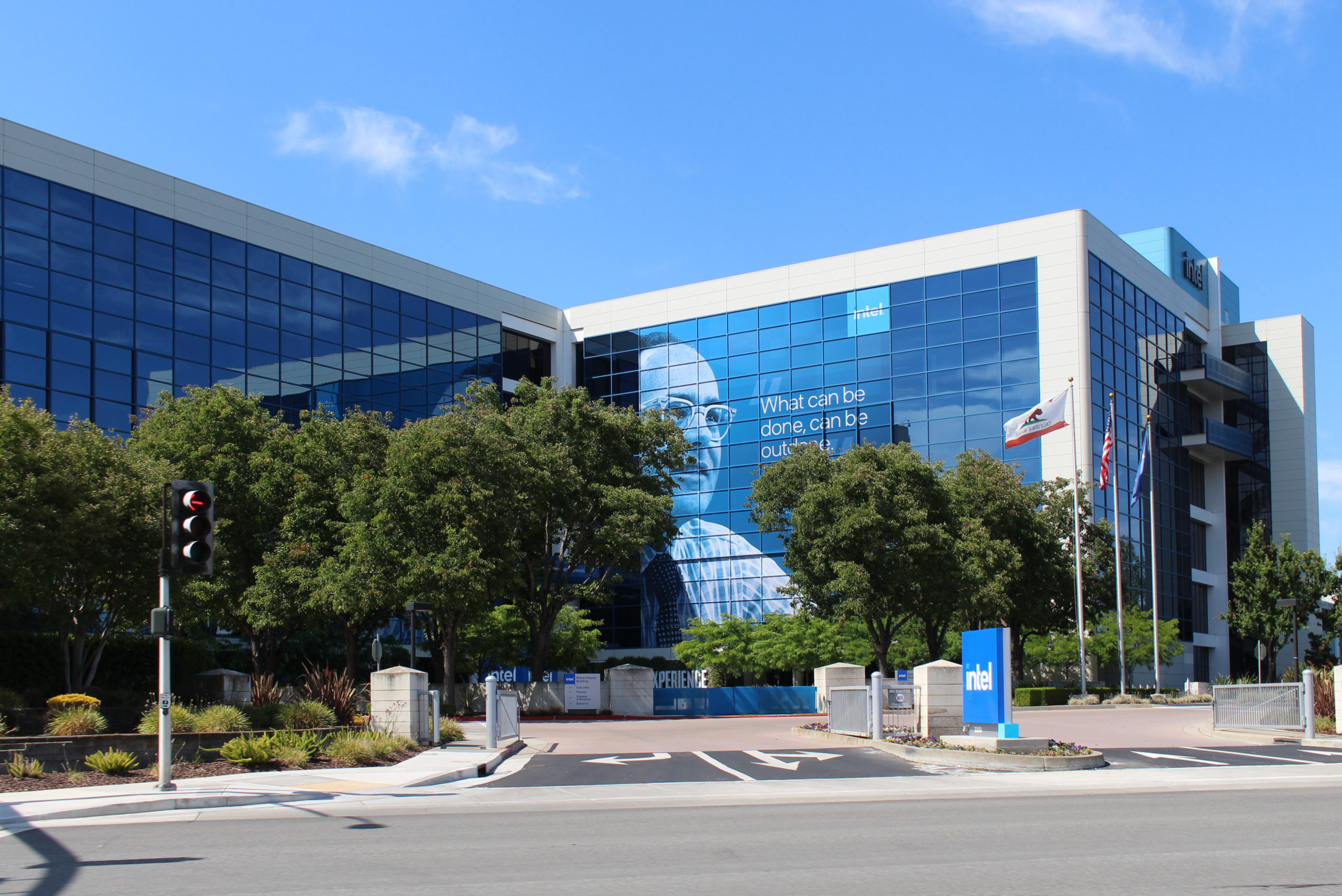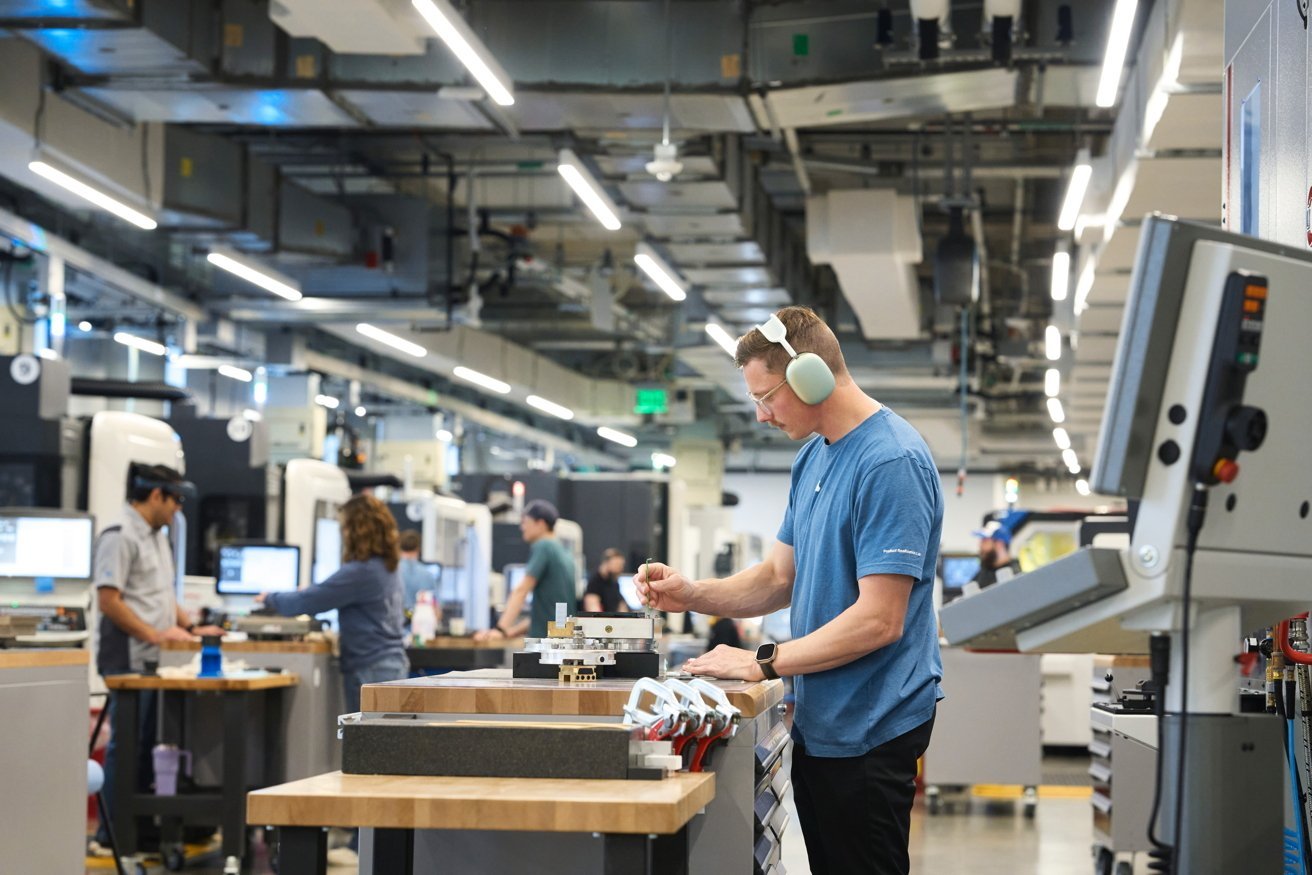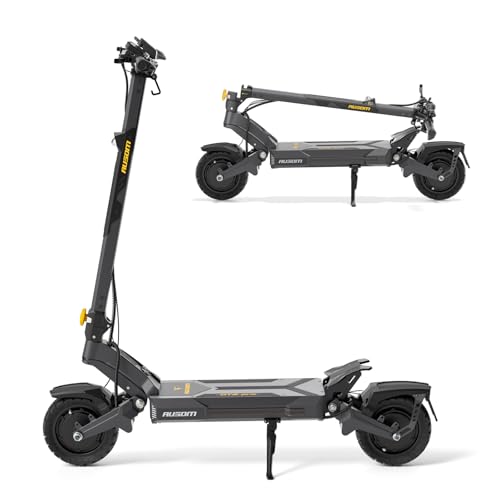One report of sexual misconduct every eight minutes. That’s what Uber’s own data reveals about the period between 2017 and 2022, when the ride-hailing giant received 400,181 reports of sexual misconduct across the United States. You know that safety report they’ve been touting since 2019? It only mentioned about 12,522 “serious sexual assaults”—a figure that now looks suspiciously incomplete.
The staggering numbers emerged through court filings in an expanding class-action lawsuit that now encompasses over 1,600 cases. Here’s the key difference:
- Uber’s public safety reports focused specifically on “serious sexual assaults”
- The 400,000+ figure includes the broader category of “sexual misconduct”—everything from inappropriate comments to physical assault
Uber’s response reads like damage control 101: Hannah Niles, the company’s Head of Safety, insists that roughly 75% of those reports were “less serious” incidents—inappropriate comments, staring, unwanted flirtation. The company argues these numbers represent just 0.006% of their 6.3 billion US trips, meaning 99.9% of rides supposedly end without incident.
But here’s where Uber’s statistical sleight of hand gets interesting. The company admits most of these reports haven’t been “audited,” suggesting the dataset contains fraudulent claims made by users seeking refunds. Yet if hundreds of thousands of people are willing to falsely report sexual misconduct for a few dollars back, what does that say about the platform’s credibility systems?
The allegations paint a picture of systematic negligence. Plaintiffs claim Uber failed to:
- Adequately screen drivers
- Ignore red flags about repeat offenders
- Maintain safety measures like in-vehicle cameras due to privacy concerns and contractor status complications
Meanwhile, the company collected “safety fees” from riders while allegedly allowing dangerous drivers to remain on the platform.
Your safety apparently wasn’t worth the technological investment. Court documents suggest Uber could have implemented:
- AI-driven safety matching
- Paired female riders with female drivers (a feature they’re reportedly testing now)
- Proactive warnings about problematic users
Instead, they chose the path of plausible deniability.
The legal reckoning approaches with a bellwether trial scheduled for September. If successful, this case could reshape how gig economy platforms approach user safety. Uber claims assault reports dropped 44% over the study period, crediting their safety innovations. But when your starting point includes nearly 400,000 misconduct reports, even dramatic improvements leave plenty of room for concern.
The numbers tell a story that goes beyond statistics. Transportation safety experts note that sexual misconduct in ride-sharing contexts often goes unreported, meaning these figures likely represent a fraction of actual incidents. Rider advocacy groups have long called for mandatory safety protocols:
- Driver-facing cameras
- Enhanced background checks
These are measures that other industries consider standard practice.
The broader question isn’t whether most Uber rides are safe—statistics suggest they probably are. It’s whether a company that built its empire on convenience and cost-cutting can be trusted to prioritize your safety when those priorities conflict with profit margins. Consider your options:
- Request driver information before getting in
- Share your trip details with friends
- Remember that you have alternatives
The courtroom will decide corporate accountability, but your next ride-hailing decision remains your immediate judgment call.




























